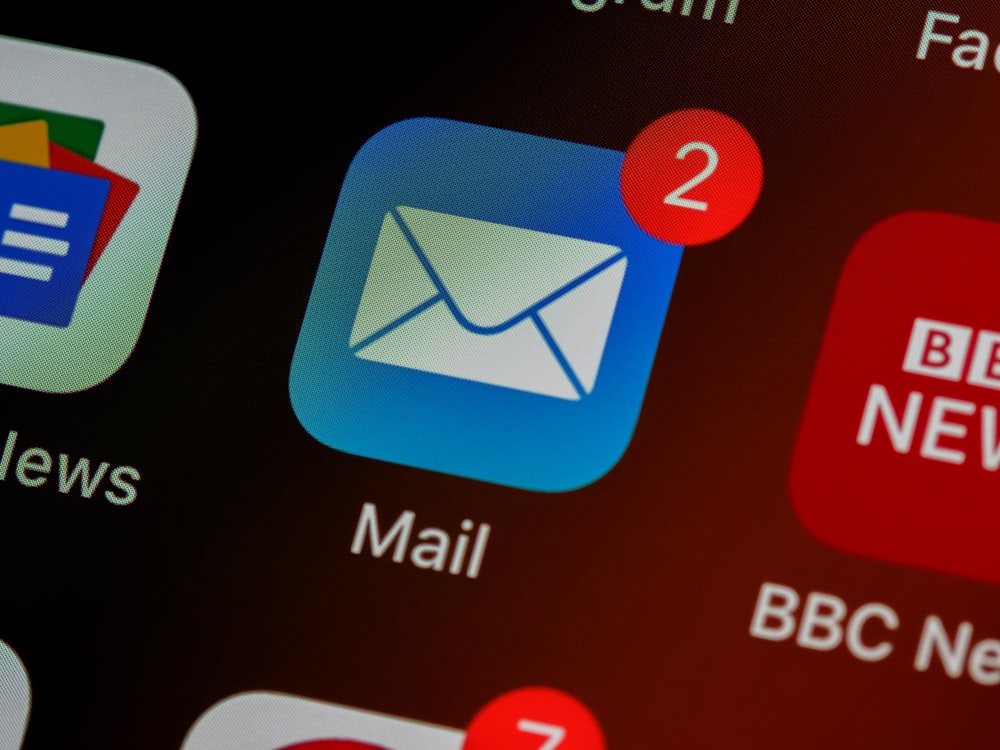Email Design Best Practices: Readable, Fast, and Accessible
Email design should help the message—not overshadow it. The right design choices improve readability, accessibility, and conversion while protecting deliverability. Whether you’re sending outreach, newsletters, or product updates, these best practices keep your emails fast, friendly, and effective.
1) Mobile-first layout
Design for small screens first. Use a single-column layout, large tap targets, and 16px+ base font size. Avoid tiny links clustered together. Keep the main CTA visible without heavy scrolling.
2) Typography and spacing
Choose a clean, widely available font stack (system fonts or safe web fonts). Maintain generous line height (1.5–1.8) and whitespace. Short paragraphs and clear section headings make scanning easier.
3) Color and contrast
Ensure sufficient contrast between text and background (WCAG guidelines). Use color intentionally for emphasis and CTAs. Avoid relying on color alone to convey meaning; add labels and icons where appropriate.
4) Images and performance
Optimize images (compress, correct dimensions, modern formats when possible). Provide descriptive alt text. Never ship image-only emails—many clients block images by default and accessibility suffers.
5) Layout simplicity
Keep structure simple: header, body, CTA, and footer. Complex nested tables and heavy decorative elements can break across clients. Test in major clients (Gmail, Outlook, Apple Mail, mobile apps).
6) Links and CTAs
Use one primary CTA per email. Make it obvious with a button and a descriptive label (“Get the template”). Surround it with space so it stands out, and ensure the text link alternative also works for clients that don’t render buttons well.
7) Accessibility
Provide alt text, logical heading order, and adequate contrast. Avoid flashing animation. Ensure focus order is sensible for keyboard navigation in webmail clients. Accessibility improves UX for everyone.
8) Dark mode considerations
Many clients invert colors in dark mode. Test logo visibility, icon outlines, and background colors. Transparent PNGs and SVGs (where supported) can help; provide fallbacks.
Checklist
- Single column, mobile-friendly
- Readable type and spacing
- Accessible color contrast
- Optimized images with alt text
- One primary CTA, text-link fallback
- Dark mode tested
- Cross-client QA
Key takeaway
Design should serve the message. Keep layouts simple, text readable, and actions clear. You’ll ship faster, convert more, and make your emails more inclusive.
Production workflow
Maintain a shared template with tokens for spacing, colors, and typography. Run a quick QA across key clients and dark mode before scheduling. Small design systems prevent drift and reduce one‑off fixes.
Do / Don’t
- Do: keep layouts simple and readable.
- Do: compress images and provide alt text.
- Don’t: ship image‑only emails or rely on complex CSS.
- Don’t: bury your primary CTA below heavy content.



